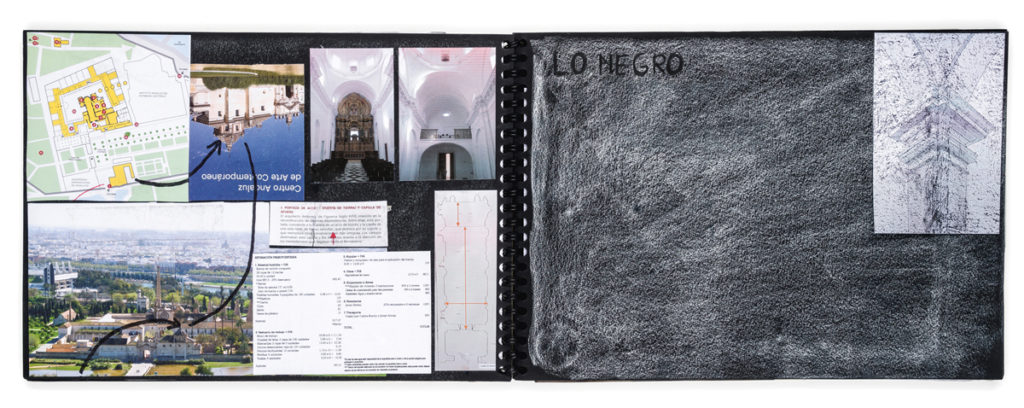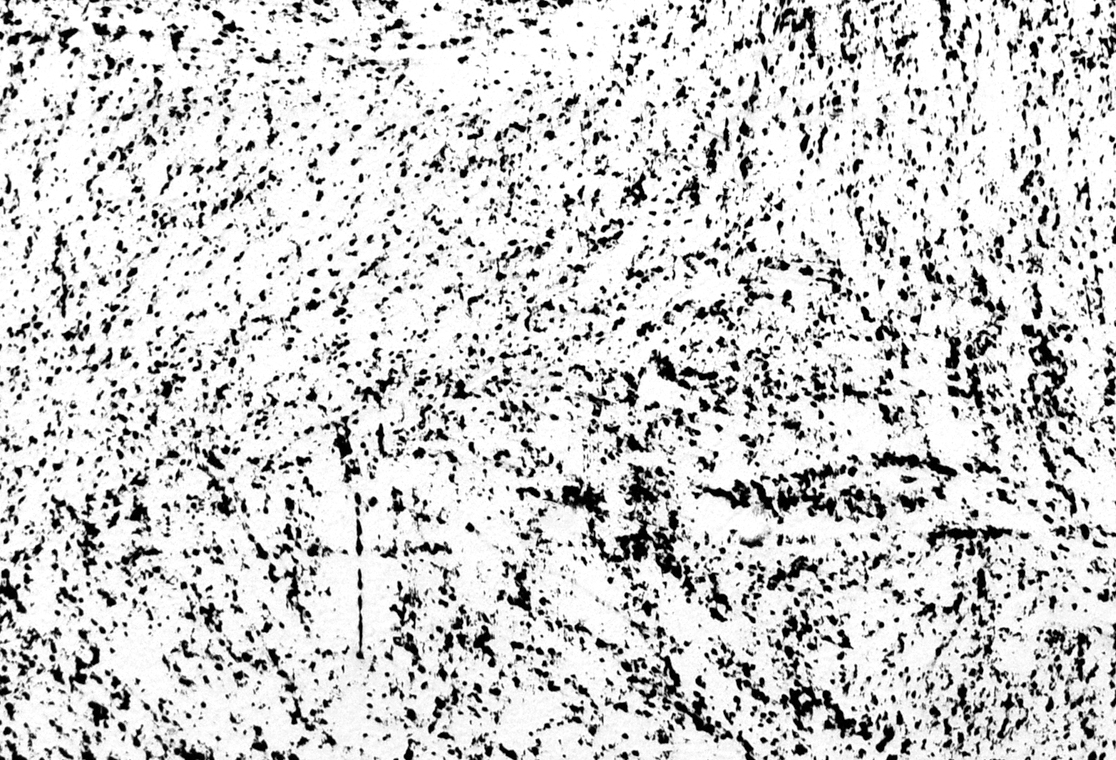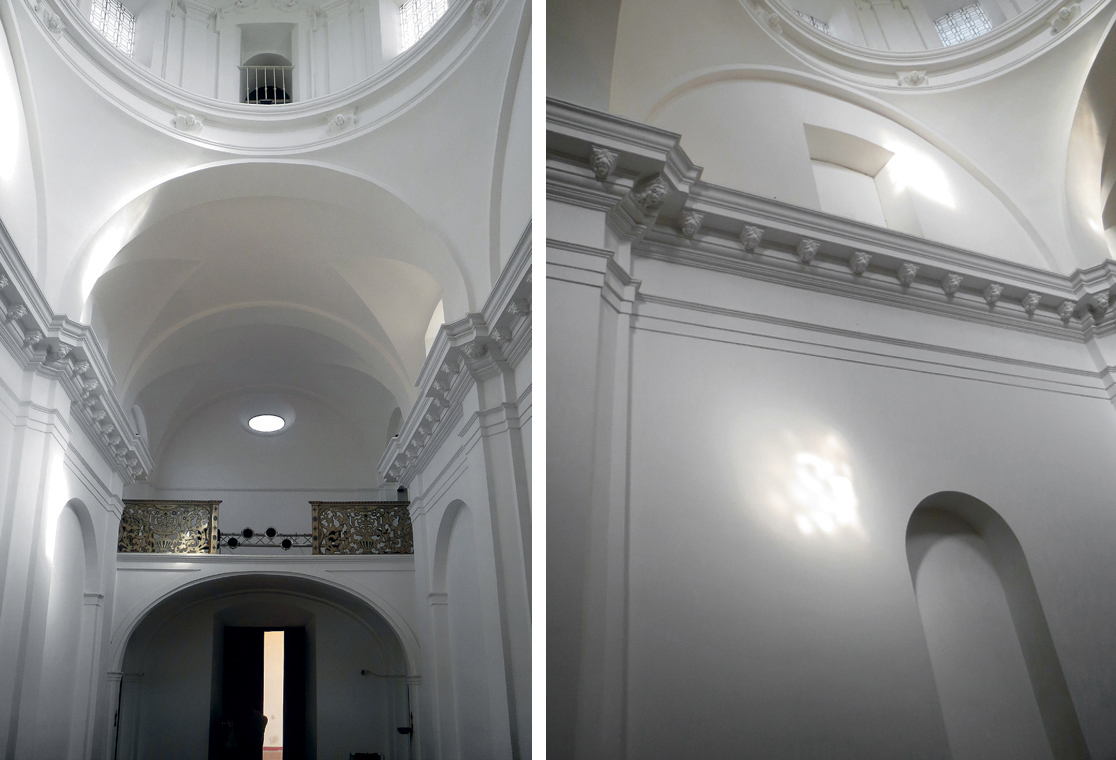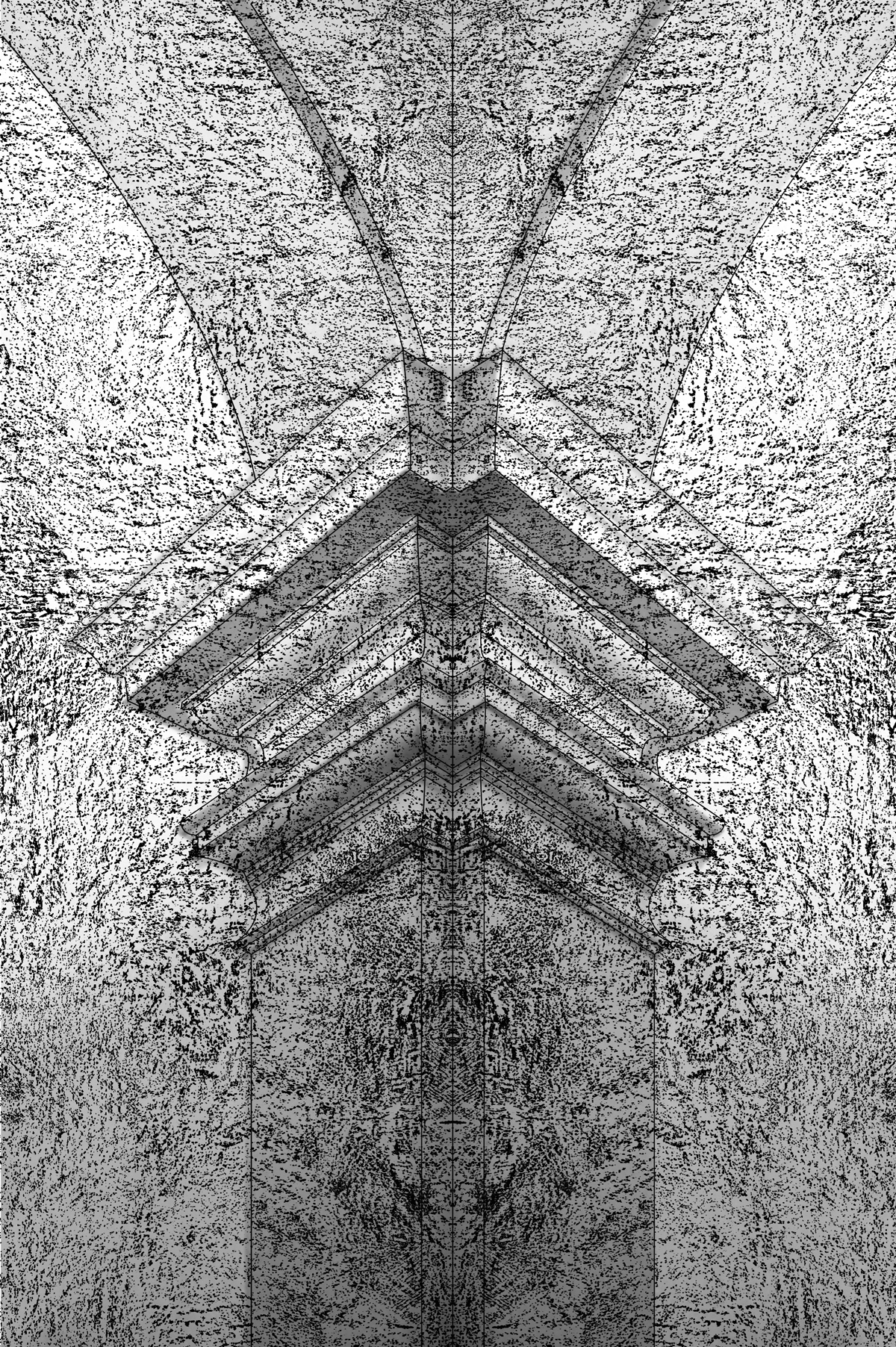
Lo Negro
Un proyecto para la Capilla de Afuera. CAAC. Sevilla 2015…
descargar pdf
Lo Negro fue pensado para la Capilla de Afuera del Centro Andaluz de Arte Contemporáneo. Un proyecto que hasta la fecha es tan solo eso, una idea. Lo Negro se construye a partir de un gesto sencillo; en esta ocasión frotar una barra -cientos de barras de carbón compacto- sobre una superficie blanca. Una acción que hubiese dado como resultado un frottage de 900 m2 aproximadamente, y que ocuparía la totalidad de las paredes de la Capilla, de suelo a techo.
Esta monumental operación -que viajaría del más pequeño detalle tangible hasta y hacia lo indeterminado, lo indefinido, lo impreciso y la proyección mental de la mirada- sacaría a la luz la piel esculpida, repujada, tatuada, labrada, grabada durante siglos sobre la cal. A su vez redibujaría una fina y segunda epidermis aterciopelada, un gran paño oscuro, un eco, una recargada escenografía barroca en la que perderse que nos remitiría al origen de la propia capilla. Un lugar revitalizado así en su naturaleza original como espacio orientado hacia el recogimiento, la abstracción y la introspección, pero no desde lo religioso -tal como fue en su origen-, sino desde una perspectiva estética y activa del pensamiento.
The Black thing
A projecto for the Afuera Chapel. CCAC. Seville 2015…
download pdf
Lo Negro was conceived for Capilla de Afuera at Centro Andaluz de Arte Contemporáneo. To date the project is just that, an idea. Lo Negro is based on a simple gesture; on this occasion rubbing a bar -hundreds of bars of charcoal- on a white surface. An action that would have given rise to a frottage measuring around 900 square metres, and that would have occupied the whole of the walls of the Capilla, from floor to ceiling.
This monumental operation -which would range from the tiniest tangible detail to the indeterminate, the undefined, the imprecise and the mental projection of the gaze- would bring to light the skin which has been sculpted, enbossed, tattooed, worked and printed on the lime over the course of centuries. At the same time, it would redraw a velvety thin second skin, a large dark cloth, an echo, an excessively ornate baroque stage setting in which one can get lost that would call to mind the origin of the chapel itself. A place thus revitalized back to its original state as a space for withdrawal, retreat, abstraction and introspection, not from a religious perspective -as it was originally- but from an aesthetic and active mental perspective.



